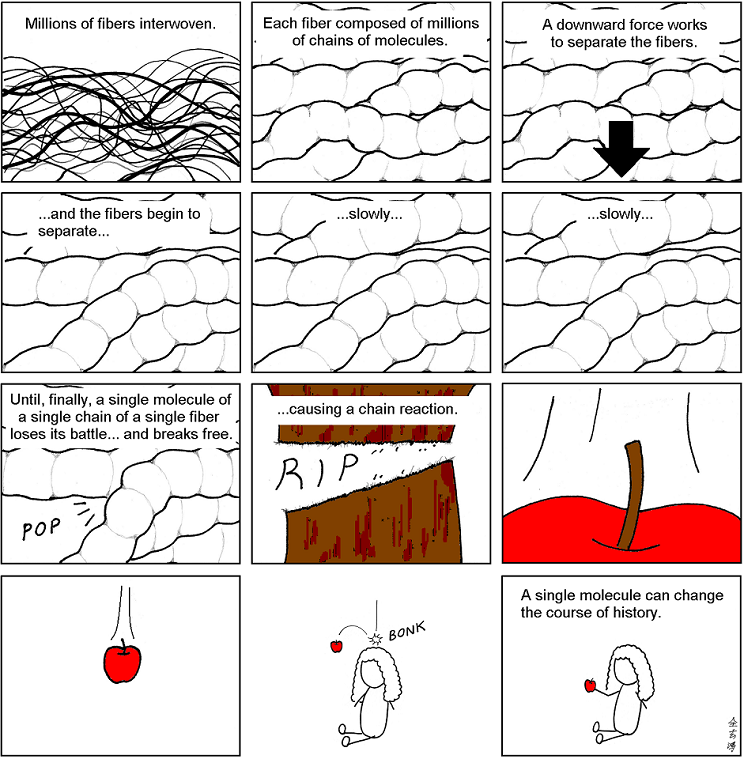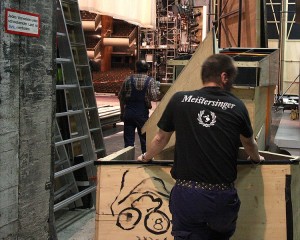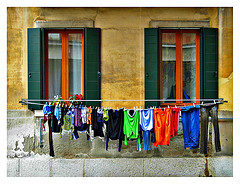
Last summer, I wrote an article for the magazine New Scientist about a bold new initiative to provide low-cost in vitro fertilization—for as little as $300 per cycle—to poor women in developing countries. The article, entitled Cheap IVF offers hope to childless millions, described initiatives by the Swiss-based Low Cost IVF Foundation and the European Society of Human Reproduction and Embryology (ESHRE) to offer IVF and other assisted reproductive technologies (ART) to women in Africa and elsewhere who cannot afford the the procedures. The need is great: some ten to 30 percent of African couples are infertile, often as the result of untreated sexually-transmitted diseases or post-delivery pelvic infections. Childless African women are often branded with a terrible stigma, facing public ridicule, abandonment or divorce.
My biggest surprise lay not in reporting the story, which was inspiring, but in reading the online comments after the article was published. Many of them were vituperative, asking why women in Africa, a continent with a high birth rate, deserved such technologies. Those were the mild remarks: others were outright racist. (In fact, the United Nations predicts that the number of children per woman in Africa is predicted to decline to less than three by 2050.) Continue reading





